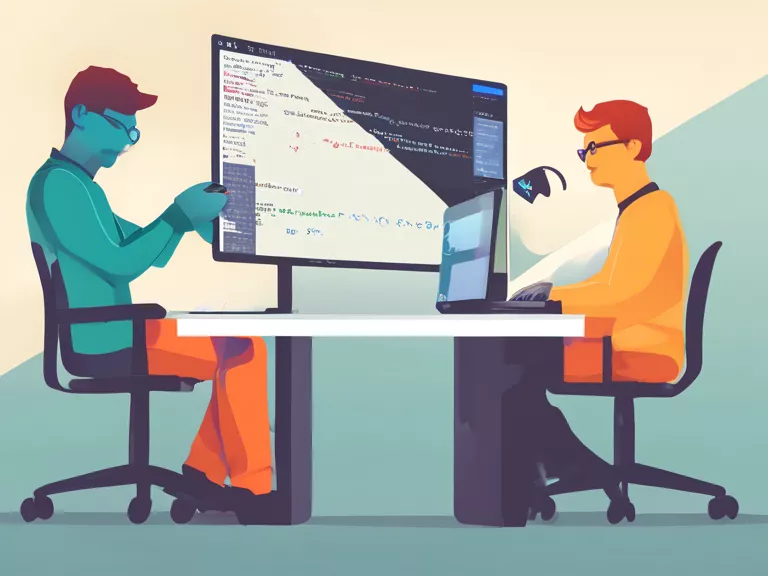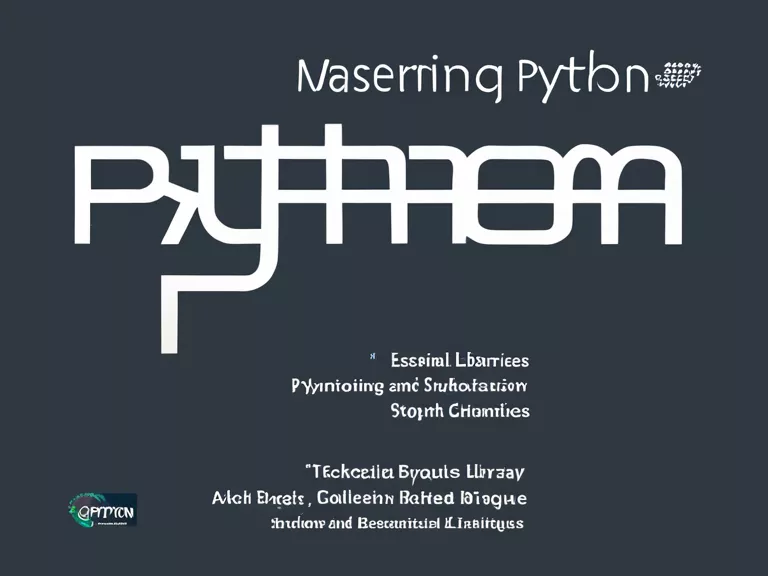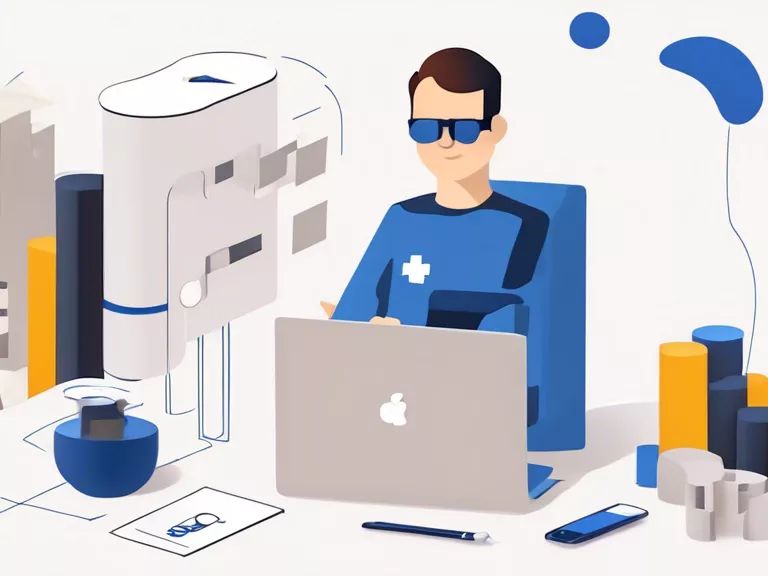
Learning Git and GitHub: Best Practices for Version Control and Collaboration
When working on a software development project, it is essential to keep track of changes, collaborate effectively with team members, and ensure a seamless workflow. Git and GitHub are powerful tools that can help developers achieve these goals through version control and collaboration features. In this article, we will discuss some best practices for using Git and GitHub to streamline your development process.
Understanding Git Basics
Git is a distributed version control system that allows developers to track changes in their code, create branches for new features or bug fixes, and merge changes back into the main branch. Before diving into more advanced Git workflows, it is important to understand the basic concepts such as repositories, branches, commits, and merges.
Setting up a GitHub Repository
GitHub is a web-based platform that complements Git by providing a centralized location for hosting repositories and collaborating with team members. When setting up a new project on GitHub, it is important to create a clear repository structure, set up branch protection rules, and configure permissions for team members.
Collaborating with Pull Requests
Pull requests are a key feature of GitHub that enables team members to review and discuss changes before merging them into the main branch. By creating pull requests, developers can solicit feedback, conduct code reviews, and ensure that new features or bug fixes meet the project's standards.
Continuous Integration with GitHub Actions
GitHub Actions is a powerful tool that allows developers to automate workflows, such as running tests, linters, and deployments, directly within their GitHub repository. By setting up continuous integration pipelines with GitHub Actions, teams can improve code quality, reduce manual errors, and increase productivity.
Conclusion
By following best practices for version control and collaboration with Git and GitHub, developers can work more efficiently, reduce conflicts, and deliver high-quality code. Whether you are working on a solo project or collaborating with a team, mastering these tools can significantly improve your development workflow.



